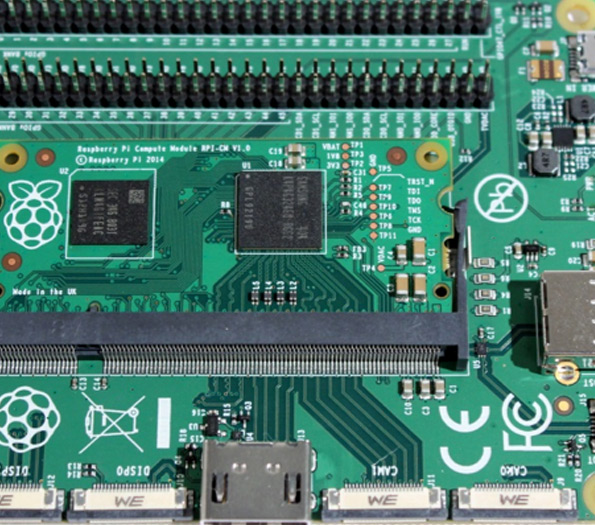Low-E Glass Panels Revolutionizing Energy Efficiency in Buildings
In the quest to reduce energy consumption and combat climate change, one innovative solution has emerged as a game-changer in the building industry low-emissivity (Low-E) glass panels. These advanced glazing systems not only provide superior insulation properties but also offer a range of other benefits that make them an essential component of sustainable building design.
What is Low-E Glass?
Low-E glass is a type of coated glass that has a thin layer of metallic oxide on its surface. This layer acts as a barrier, reflecting heat back into the room during the winter months and preventing it from escaping during the summer. By reducing the transfer of heat through the glass, Low-E glass helps to maintain a comfortable indoor temperature, resulting in significant energy savings.
Benefits of Low-E Glass Panels
1. Improved Insulation Low-E glass panels offer superior insulation properties compared to traditional single or double-glazed windows. They can reduce heat loss by up to 70% in the winter and prevent heat gain by up to 65% in the summer, leading to lower energy bills and reduced carbon footprint.
2. Enhanced UV Protection The metallic oxide layer in Low-E glass also provides excellent protection against harmful UV rays. This helps to protect furniture, flooring, and artwork from fading and damage, while also creating a more comfortable indoor environment by reducing glare.
3
3

3
3
 low e glass panels
low e glass panels. Increased Natural Lighting Despite their insulating properties, Low-E glass panels allow for increased natural lighting in buildings. The transparent coating on the glass allows sunlight to pass through while still blocking harmful UV rays, creating a brighter and more inviting interior space.
4. Durable and Long-Lasting Low-E glass panels are made from high-quality materials and are designed to withstand harsh weather conditions. They are also easy to maintain and require minimal cleaning, ensuring that they remain in top condition for many years to come.
Applications of Low-E Glass Panels
Low-E glass panels are commonly used in residential and commercial buildings, including single-family homes, multi-family apartments, office buildings, schools, hospitals, and hotels. They can be installed as part of new construction projects or as retrofit solutions for existing buildings.
Conclusion
Low-E glass panels represent a significant advancement in the field of energy-efficient building materials. Their ability to reduce heat loss and gain, protect against UV radiation, increase natural lighting, and offer durability and long-lasting performance make them an essential component of sustainable building design. As awareness of the importance of energy efficiency continues to grow, the use of Low-E glass panels is expected to increase significantly in the coming years.


 3
3
3
3 low e glass panels. Increased Natural Lighting Despite their insulating properties, Low-E glass panels allow for increased natural lighting in buildings. The transparent coating on the glass allows sunlight to pass through while still blocking harmful UV rays, creating a brighter and more inviting interior space.
4. Durable and Long-Lasting Low-E glass panels are made from high-quality materials and are designed to withstand harsh weather conditions. They are also easy to maintain and require minimal cleaning, ensuring that they remain in top condition for many years to come.
Applications of Low-E Glass Panels
Low-E glass panels are commonly used in residential and commercial buildings, including single-family homes, multi-family apartments, office buildings, schools, hospitals, and hotels. They can be installed as part of new construction projects or as retrofit solutions for existing buildings.
Conclusion
Low-E glass panels represent a significant advancement in the field of energy-efficient building materials. Their ability to reduce heat loss and gain, protect against UV radiation, increase natural lighting, and offer durability and long-lasting performance make them an essential component of sustainable building design. As awareness of the importance of energy efficiency continues to grow, the use of Low-E glass panels is expected to increase significantly in the coming years.
low e glass panels. Increased Natural Lighting Despite their insulating properties, Low-E glass panels allow for increased natural lighting in buildings. The transparent coating on the glass allows sunlight to pass through while still blocking harmful UV rays, creating a brighter and more inviting interior space.
4. Durable and Long-Lasting Low-E glass panels are made from high-quality materials and are designed to withstand harsh weather conditions. They are also easy to maintain and require minimal cleaning, ensuring that they remain in top condition for many years to come.
Applications of Low-E Glass Panels
Low-E glass panels are commonly used in residential and commercial buildings, including single-family homes, multi-family apartments, office buildings, schools, hospitals, and hotels. They can be installed as part of new construction projects or as retrofit solutions for existing buildings.
Conclusion
Low-E glass panels represent a significant advancement in the field of energy-efficient building materials. Their ability to reduce heat loss and gain, protect against UV radiation, increase natural lighting, and offer durability and long-lasting performance make them an essential component of sustainable building design. As awareness of the importance of energy efficiency continues to grow, the use of Low-E glass panels is expected to increase significantly in the coming years.